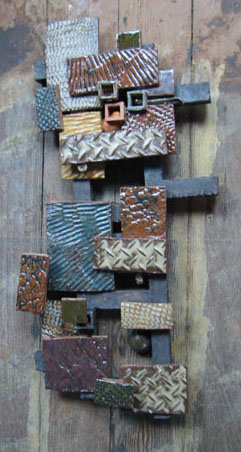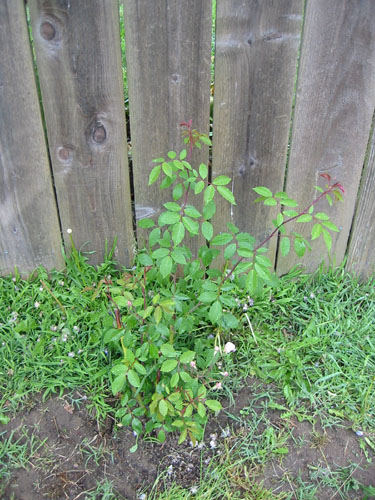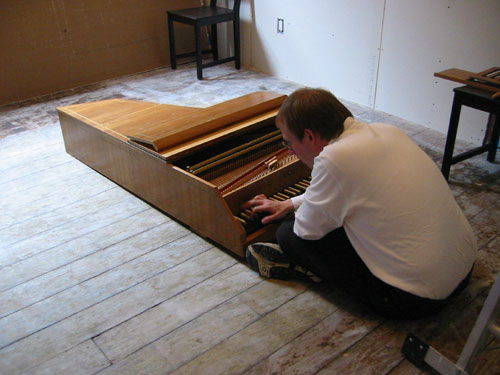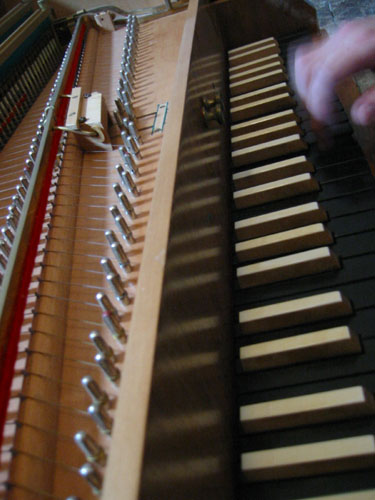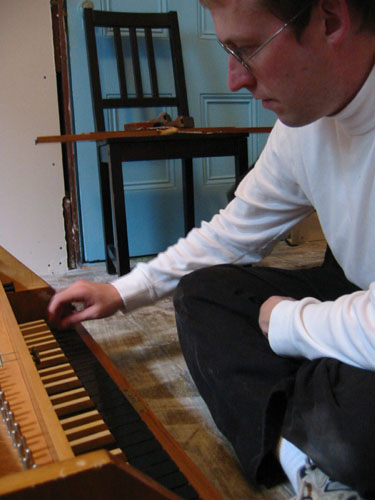I spent the day in the darkroom. Apart from an hour of infinite series problems, then another hour of finishing off the roll of film I did my self-portraits on, of course. I developed that roll of film, which turned out to be fogged, though possibly through no fault of mine (maybe exposure to too much heat was the verdict from the experts; it wasn't one of the rolls I took to England, which did end up slightly fogged). At any rate, the teacher seemed to think it was fixable through contrast filter use, so I'll make an attempt later.
Then I went into the printing darkroom and spent four hours bumping into and being bumped into by other people, because two of the room safelights were out and it was exceptionally dark, even for a darkroom. I usually adjust enough that I don't need to use my own safelight for anything but note-taking, but today I had to rely on my safelight for everything, including seeing what the timer was set to.
I made about twelve prints, with varying success. I worked entirely from older negatives, as the new ones were still too curly to print nicely. I also experimented with the adjustable easel, which turned out to be a royal pain in the ass to use. I actually returned it after a couple of prints because it was driving me nuts. I like the unadjustable ones so much more, and printing with them is so much faster.
I cut short my printing time because I was getting tired from all that standing on concrete. I am working tomorrow morning and early afternoon on guild stuff -- I want to make a couple of birdhouses so I can keep one and give the guild one to sell -- so if I am not worn out from that I may go back to the darkroom and make a contact sheet and some prints from the portraits roll, just to see how they come out.
When I got home, I spent some time researching kilns and throwing wheels. I want to buy a wheel for less than $300, but that seems like a long shot, unless I comb tag sales and craigslist. I thought kick wheels would be cheaper, but they're right up there with electric wheels. I guess I'm not the only person who prefers them. On the other hand, it looks like I can get a kiln for considerably less than I had initially thought, with all the bells and whistles I want. Now we just need to built The Shed to house it.
